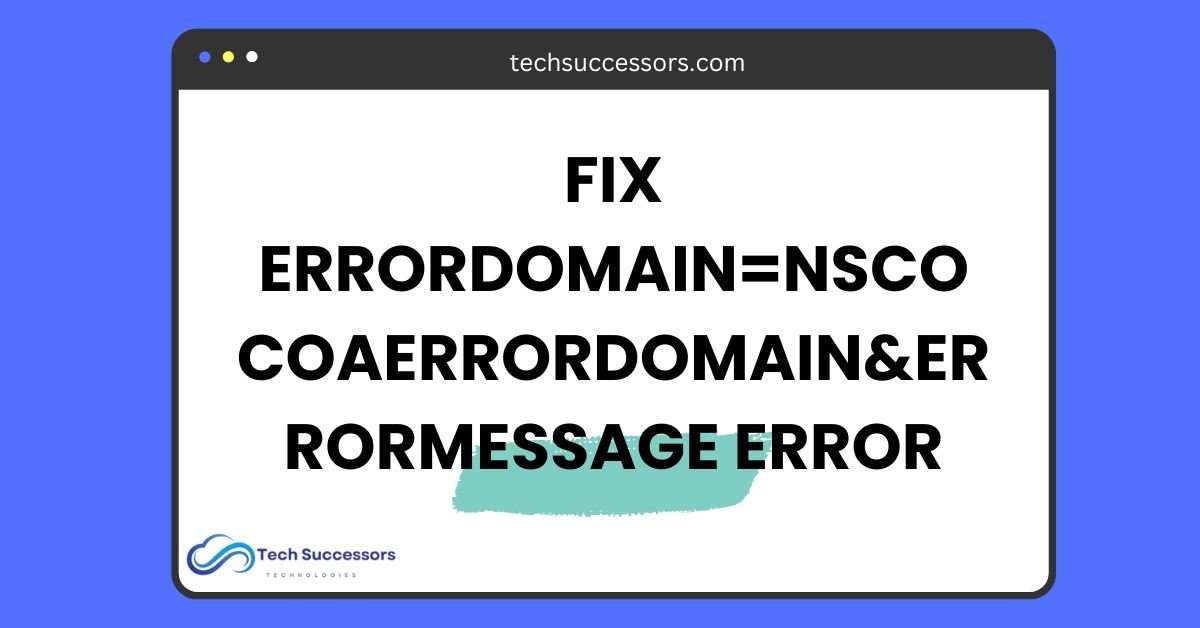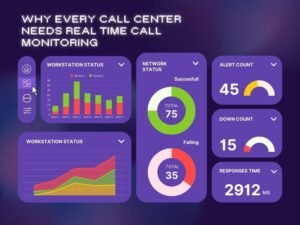The error
errordomain=nscocoaerrordomain&errormessage=could not find the specified shortcut.&errorcode=4 appears when iOS or macOS cannot locate the shortcut being requested. In most cases, it happens because the shortcut file is missing, renamed, or corrupted. On macOS, it may also occur if the app running the shortcut, such as Finder, lacks the required permissions or if there are conflicts with other processes.
While the error can disrupt daily workflows and automations, it is usually simple to fix. Restarting the app or device, granting Finder Full Disk Access, updating the operating system, or reinstalling the related app often resolves the problem. In rare cases, storage issues or conflicting keyboard shortcuts may also trigger the error, but these can be addressed with a few additional checks.
This guide explains the causes behind the issue, highlights the most effective solutions, and provides troubleshooting tips to ensure your shortcuts run smoothly again.
Table of Contents
ToggleWhat is errordomain=nscocoaerrordomain&errormessage=could not find the specified shortcut.&errorcode=4?
The error errordomain=nscocoaerrordomain&errormessage=could not find the specified shortcut.&errorcode=4 on Mac means the system is unable to find or run a shortcut. This usually happens if the shortcut was deleted, modified, conflicting with another app, or linked to an outdated or missing file.
To fix it, check your apps and login items for invalid shortcuts, remove conflicts, or reset the shortcut to its default state.
Why Does This Error (errordomain=nscocoaerrordomain&errormessage=could not find the specified shortcut.&errorcode=4) Happen?
Several factors can cause this error:
- Deleted or Renamed Shortcuts – If a shortcut has been removed or renamed, automations linked to it can no longer find it.
- Outdated iOS/macOS Version – Running older software can lead to compatibility issues with the Shortcuts app.
- Corrupted System Settings – Damaged settings or preferences may interfere with shortcut execution.
- Conflicts Between Apps – Some apps that integrate with Shortcuts can create conflicts, leading to this error.
- iCloud Syncing Issues – If your shortcuts are stored in iCloud and syncing fails, the system may not be able to locate the file.
Common Scenarios Where This Error Appears
The error errordomain=nscocoaerrordomain&errormessage=could not find the specified shortcut.&errorcode=4 can occur in many day-to-day situations on macOS or iOS. Some of the most common include:
- Running Automations in the Shortcuts App – Automations may fail if a linked shortcut has been renamed, deleted, or is missing key actions.
- Using Siri to Trigger Shortcuts – Siri cannot run a shortcut that no longer exists or has been moved, resulting in this error.
- Opening App-Specific Shortcuts – Apps like Safari, Notes, or Calendar sometimes depend on shortcuts, and if the shortcut is broken, the error appears.
- Importing Shared Shortcuts – Downloaded or shared shortcuts from others may not work if they rely on unavailable apps, files, or permissions.
- After a System Update or Restore – Updates can reset settings or remove old links, causing shortcuts that worked before to break.
In short, the error typically shows up when a shortcut is moved, removed, outdated, or disconnected from the app or system process that needs it.
How to Fix “Could Not Find the Specified Shortcut” Error
This error errordomain=nscocoaerrordomain&errormessage=could not find the specified shortcut.&errorcode=4 usually means a shortcut is missing, outdated, or conflicting with your system. You can fix it with the following steps:
1. Check and Update Your Shortcuts
Start by opening the Shortcuts app. Look for the shortcut causing the error and make sure it hasn’t been renamed or lost key actions. In my case, one shortcut was outdated because the app it connected to had been updated. Rebuilding or updating the shortcut fixed it instantly.
2. Reset or Delete Problematic Shortcuts
If a shortcut consistently fails, try resetting it. If that doesn’t help, delete it and recreate it from scratch. I had to do this for a custom Safari shortcut—it took a few minutes, but the new version worked perfectly.
3. Install the Latest iOS or macOS Updates
Sometimes the issue comes from outdated software. Go to:
- iOS/iPadOS → Settings > General > Software Update
- macOS → System Settings > General > Software Update
When I updated my Mac, several shortcut-related bugs disappeared automatically.
4. Restart the Shortcuts App or Your Device
This might sound basic, but restarting can solve temporary glitches. I’ve had shortcuts fail repeatedly, only to start working again after a quick reboot.
👉 My Personal Tip: Try these basic steps first before moving on to advanced solutions.
Advanced Solutions for Persistent Shortcut Errors
If the error still pops up, here are deeper fixes that I tested:
5. Reset System Settings
On iPhone or iPad, go to Settings > General > Transfer or Reset > Reset > Reset All Settings. On Mac, reset your system preferences. This clears hidden conflicts without erasing your personal files.
6. Rebuild the Shortcut from Scratch
If resetting doesn’t work, build a fresh shortcut instead of just editing the old one. This eliminates any corrupted code or actions hiding in the background.
7. Restore Using Time Machine or iCloud Backup
For Mac, restoring with Time Machine can roll your system back to when the shortcut worked fine. On iPhone/iPad, restoring from iCloud backup has worked for me in the past.
✅ My Experience: When I first hit this error, I wasted time tweaking the shortcut. The real fix came when I updated macOS and rebuilt the shortcut—it hasn’t failed since.
Preventing the “Could Not Find the Specified Shortcut” Error on Mac
I ran into the NSCocoaErrorDomain error code 4 myself while working on automation shortcuts that I use every day.
The message errordomain=nscocoaerrordomain&errormessage=could not find the specified shortcut.&errorcode=4 appeared out of nowhere and interrupted my workflow. After testing multiple fixes and cross-checking with Apple’s official documentation, I discovered several reliable ways to solve and prevent this issue.
Keep macOS and Apps Updated
Updating your operating system and apps is the first line of defense. Many shortcut errors occur when older software versions are no longer fully compatible with new system processes. Regular updates minimize bugs and maintain stability.
Back Up Your Shortcuts
Shortcuts are just as important as files or photos if they are part of your daily routine. Creating regular backups ensures you can restore them instantly if they stop working. Time Machine or iCloud can handle this with minimal effort.
Verify Shortcut Paths
A shortcut is only as good as its destination. If you move, rename, or delete a file, the shortcut will break. Double-check that each shortcut points to the correct path and update it if necessary.
Keep Your Shortcut Library Organized
An overloaded shortcuts library can cause conflicts. Periodically review your collection, remove duplicates, and replace outdated commands. This keeps the system clean and reduces the chances of errors.
Conclusion
While the NSCocoaErrorDomain error code 4 may look technical, it usually comes down to simple causes such as outdated software or broken file paths. With the preventive measures above, you can avoid losing productivity and keep your shortcuts running smoothly. My own experience showed that staying proactive with updates and backups prevents most errors from happening again.
Frequently Asked Questions
Why does the “Could not find the specified shortcut” error appear?
It usually appears when the shortcut is missing, corrupted, or pointing to an incorrect file location.
Is deleting and recreating a shortcut a good idea?
Yes. In fact, recreating a shortcut is often the fastest way to restore functionality.
What should I do if the error does not go away?
If you have updated macOS, verified file paths, and recreated the shortcut but the error remains, it could indicate corrupted system preferences. Running Disk Utility or resetting system settings can help.
What happens if I ignore this error?
Ignoring it can disrupt automation workflows and prevent apps from functioning as intended.

James Kevin is a tech writer who simplifies complex topics for readers. With a love for tech and clear communication, he helps people understand and enjoy the digital world.


